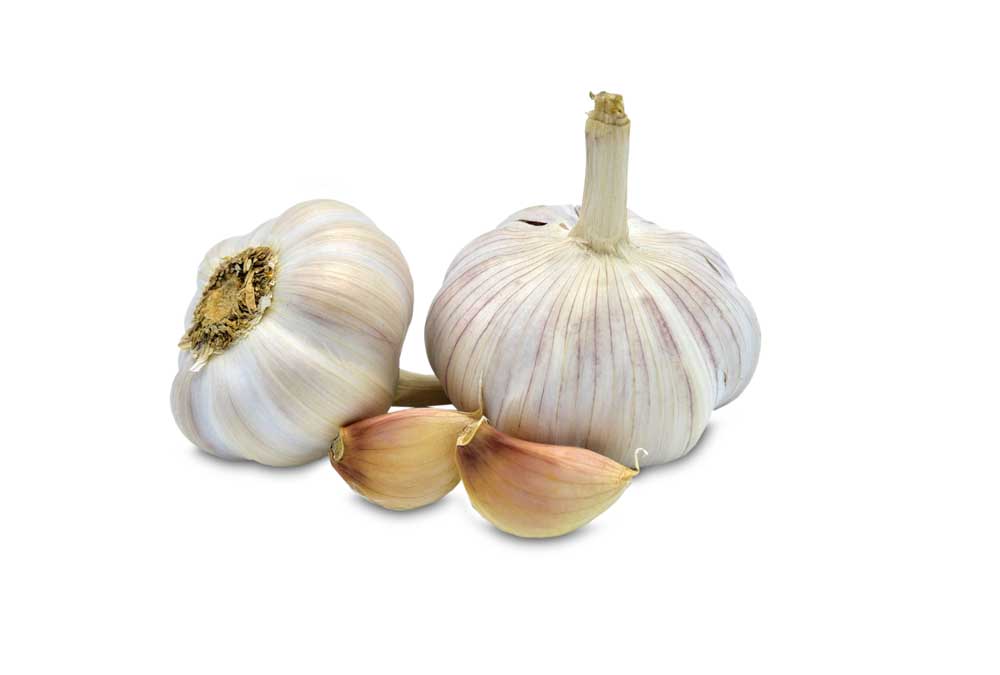Love garlic? Plant a spring bounty now
Published 12:00 am Tuesday, September 4, 2018

- (123rf)
I can’t believe it is almost time to plant garlic. Where has the summer gone? Encouraging emails from suppliers are arriving daily with purchase-now messages. Planting garlic bulbs in the fall seems to give Central Oregon gardeners the confirmation that you can add another valuable edible to your list.
Planting garlic was a ritual for my husband that started about this time every year. The ridiculous curve to the process was that neither of us liked garlic that much. One clove in the cooking every two months was enough. Nevertheless, he was adamant that we plant the bulbs.
I don’t remember which varieties were chosen over the years. I remember lots of pages being turned between the Territorial Seed catalog and the Nichols Garden Nursery catalog. Then, of course, we had to check out the local sources. I have often wondered, why such a production? I think it was perhaps the last vestige of summer and a closure of the summer to-do list.
Elephant garlic was an unfamiliar term until we moved to Oregon. When the variety would come up in conversation, it was always connected to Nichols Garden Nursery in Albany. At some point, curiosity won out, and I did some research.
Elephant garlic is allium ampeloprasum and is not a true garlic. The enormous bulb has a much milder and sweeter flavor than garlic and is more closely related to a leek.
When garlic was first being used in the early 1940s, it wasn’t well accepted and was considered a lower-class food. Garlic slowly grew in popularity for use in cooking and for medicinal use. In 1950, Nichols became the first farm to commercially grow and distribute the large member of the leek family. They changed the name from giant garlic to elephant garlic. The rest is history.
I’m sorry to report that we have missed the 21st annual Elephant Garlic Festival in North Plains. The festival was advertised as Funstinks on its poster. North Plains is northwest of Portland. The festival was Aug. 10 through 12. Maybe next year.
Time to plant
Garlic bulbs are frost tolerant and can be planted from October to November. Garlic thrives in rich, well-drained soil with a pH of 6 to 7, which is the normal range for most vegetables. Bulbs are planted with the tip of the clove pointing up at a depth of 2 to 3 inches and 12 inches apart.
When spring growth begins, water to keep the soil slightly moist. Fertilize with a complete fertilizer.
Garlic is ready to harvest when about two-thirds of the foliage begins to dry out or turn yellow. Tie the tips together in small bundles and hang to cure for several weeks. After curing, cut foliage and roots from bulbs and store in a mesh bag.
Types of garlic
There are two types of garlic: hardneck and softneck.
Hardneck cloves grow in a single circle around a central woody stem. These varieties produce, or attempt to produce, a flower-like stalk. The varieties are close to wild garlic with more complex flavors. The varieties have subtle flavor differences, much like wine grapes, that can reflect regional soil and weather.
The top flowering stems are called scapes. The stalks grow straight for several inches and then curl once or twice before growing upward and blooming. Cutting off the scapes before bloom redirects energy to the developing bulbs. The recipes for using scapes include pesto, grilling, pickling, salad dressings and breads.
Spanish roja is a popular choice as garlic lovers find the flavor to be true garlic. It is a Northwest heirloom that was reported to have been brought to northwest Oregon before 1900.
Softneck garlic is the garlic you will find in most produce sections. Storage life for most varieties is 6 to 9 months after harvest. In addition to their longer storage capability, they are the varieties that are used for braiding, making them a great home-grown, decorative Christmas gift.
Inchelium red is a variety that grows well in Central Oregon. The variety was discovered on the Colville Indian Reservation in northern Washington.
If you are thinking of adding garlic bulbs this year, don’t wait too long. Local sources and mail-order sources usually have limited supplies.
— Reporter: douville@bendbroadband.com








